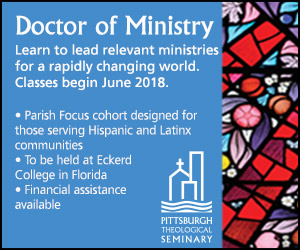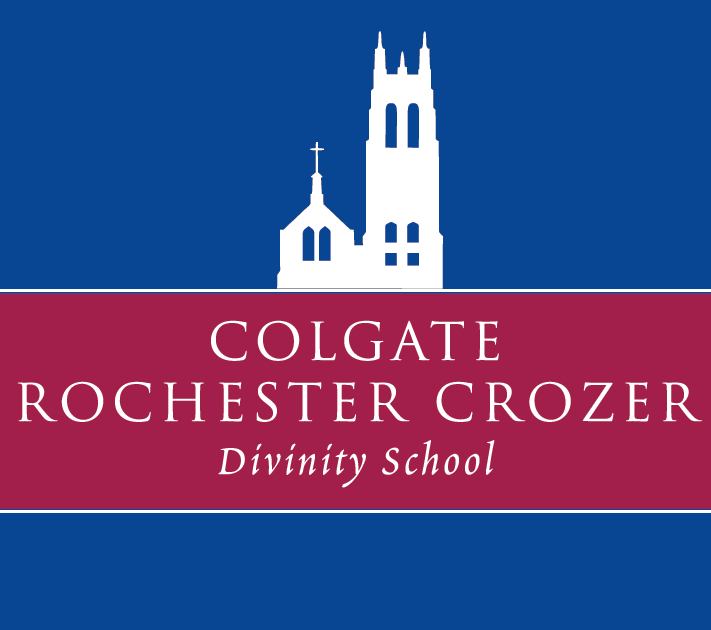By Monica A. Coleman
Best practices: During February, March, and April, 2012 the New Media Project bloggers are looking intentionally at new media “best practices.”Join the conversation: What are the new media best practices in your church or organization? What are some other examples of how communities engage in new media well? Tell us in the comments below.
Martin Luther King, Jr., often said that eleven o’clock on Sunday morning was the most segregated hour of the week. More than fifty years have passed since King’s assassination, and yet many scholars believe that Americans still experience a racial divide during Christian worship. While this seems largely voluntary, with the majority of American churches composing similar race, culture, and class groups, an investigation of new media in churches must ask whether race, culture, and class should affect social media choices.
In a recent blog, “The Gender, Race and Class of Networked Religion,” New Media Project Research Fellow Lerone A. Martin notes how the use of new media is affected by race, class, and gender. He concludes that “religious leaders have to consider the size, socio-economic status, age, gender, and race of their respective communities and/or target audiences in order to best understand and utilize new media.”
As an ordained minister in the African Methodist Episcopal (AME) church, and as one raised in black Baptist church traditions, I wonder in a direct way:
Should black churches use social media differently?
Indeed African Americans utilize social media differently than their white counterparts. While African Americans represent approximately 12 percent of the U.S. population, 25 percent of blacks online used Twitter in May 2011. Recent numbers indicate that as many as 40 percent of Twitter users are African American.
These numbers still don’t reflect the “digital divide” that exists between Latinos and African Americans regarding access to digital and Internet resources and the access that white Americans have to such resources. While this was a huge concern in the last decades, the digital divide is narrowing as more Latinos and African Americans use mobile technology to access the Internet and social media.
These figures alone suggest that black churches are most effective in their use of social media by focusing on mobile technology (aka smartphones) and Twitter. Community of Hope AME Church (COH) is one of the churches featured in the New Media Project’s case studies. A predominantly black congregation in Prince George’s County outside of Washington, D.C., COH has been intentional about using Twitter and ensuring that both its website and live streamed worship services are available for mobile devices.
Using mobile technology provides convenience. For example, in the case study, some members of COH report watching worship on their cell phones while attending their children’s sporting events. The leader of one of COH’s ministries has an active prayer group that communicates through text messages. Aside from convenience, it’s also possible that mobile technology is the only way that a significant portion of the congregation accesses social media and the Internet. Black churches may find that being smartphone-friendly is the best way both to maintain contact and reach out to their members and potential members.
I will talk more about black churches and Twitter in my next blog post.
Monica A. Coleman, a research fellow for the New Media Project, serves as Associate Professor of Constructive Theology and African American Religions and Co-Director of the Center for Process Studies at Claremont School of Theology and Associate Professor of Religion at Claremont Graduate University in southern California.
The New Media Project at Union Theological Seminary is a research project helping religious leaders become theologically savvy about technology.
Reposted with permission. Copyright 2012 New Media Project at Union Theological Seminary




















